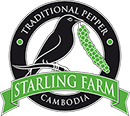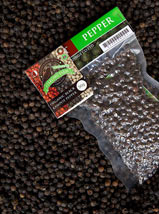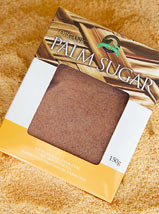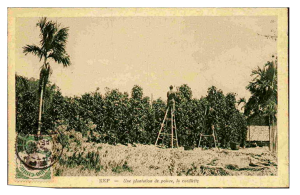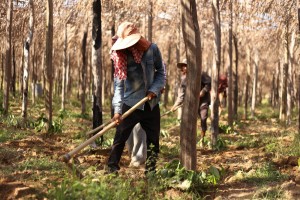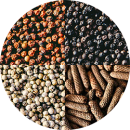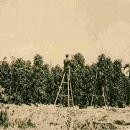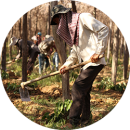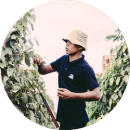The History of Kampot Pepper
Pepper has been cultivated in Cambodia, and specifically the Kampot region, for over 1,000 years – since the time of the Khmer Empire and the kings that built the Temples of Angkor. The first documented account is from the Chinese emissary, Zhou Daguan who documented much of what we know of early Cambodian history – including the delectable pepper right alongside mighty temples in his written accounts at the time.
European Traders
Kampot was home to an early sea port in the mid 1800’s, and under Cambodian rule it opened it’s doors to welcome European sailors and merchants from over the oceans to trade in pepper and other goods. The French culinary experts were particularly taken with Kampot pepper, and started a booming trade with top end restaurants in Paris. Chefs from all over France would clamour at the dockside markets to buy this beautiful aromatic pepper from the East.
The peak time for production and trade of Kampot pepper was in the 1930s and 1940s, with a reported 100 tonnes being produced a year from 100 hectares of cultivated land. These days production is a mere 15-20 tonnes a year but this is increasing year on year with hopes to restore demand for the product to the heights it enjoyed in the early twentieth century.
A colonial era French postcard sent from the seaside town of Kep. The photograph depicts a pepper plantation growing Kampot pepper in the 1930s.
The Kampot Pepper is a Big Hit in France
Kampot pepper soon became a regular fixture in France during the French colonial administration in Cambodia and wider Indochina. Production was high and hugely profitable for farmers and merchants. Production grew enormously and remained high until the 1970s when it all but ground to a halt with the outbreak of civil war and the Khmer Rouge. The pepper plantations were abandoned in favour of growing rice to eat, there wasn’t time to spend energy on a luxury like pepper when more essential needs had to be covered. It remained this way until the early 2000’s when a pepper plant again started to be planted and cultivated after replanting ones found growing wild for over thirty years since they were left.
Pepper planting restarts
Production restarted and slowly the pepper vines matured, after three or four years of love and careful nurturing, people with past expertise survived the civil war and were around to help with the care of the early replanted pepper vines, carefully nurturing them to health until the plant matures and produces an annual crop of fruit – the delectable Kampot pepper. The beginning of Starling Farm starts here, read their story.
Planting young pepper plants at the base of traditional wooden poles.
THE CHAMPAGNE OF PEPPER
Kampot pepper was awarded GI status in 2009, after a long campaign and hard work from the Kampot Pepper Promotion Association. This dawned the resurgence of pepper production as it was now a product in high demand and low supply – people started switching their focus to grow pepper again. Since then, production has increased steadily, with around 20-25 tonnes being produced annually, with Starling Farm being the largest producer, contributing to about 40% of the total. Now there are a number of retail pepper outlets, farms, and organisations related to the trade. Starling Farm is an integral part of Kampot pepper production and the resurgence and marketing of it around the world.
